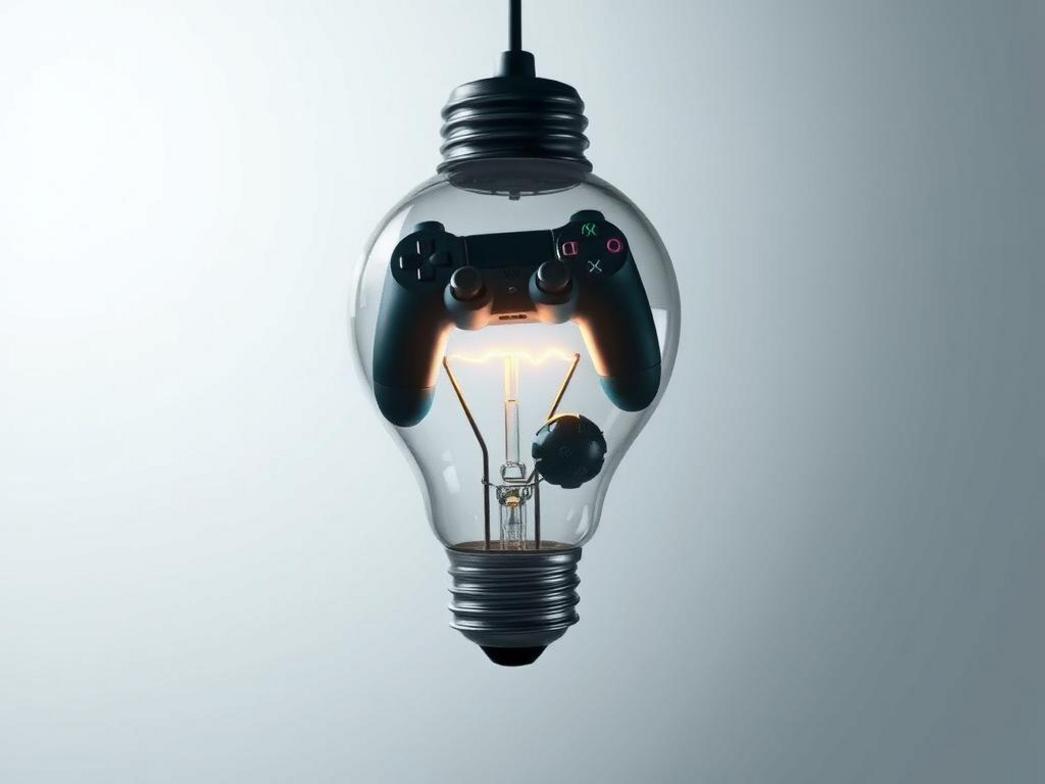how to make good idea generation
The genesis of any successful game lies in a solid, engaging idea. But where do these ideas come from? It’s not always about divine inspiration; often, it’s about actively seeking and nurturing concepts. A good starting point is to analyze the current gaming landscape. What genres are popular? What mechanics are trending? Identifying gaps or underserved niches can provide fertile ground for new game concepts. However, avoid simply chasing trends; originality and innovation are key to standing out.
Brainstorming Techniques for Game Ideas
Brainstorming should be a free-flowing exercise, unfettered by limitations. One effective technique is ‘What if…?’ scenarios. For example, ‘What if a farming simulator was set on Mars?’ or ‘What if a real-time strategy game featured only melee combat?’ These thought experiments can lead to unexpected and exciting possibilities. Another approach is to combine existing genres or mechanics in novel ways. Consider blending the puzzle elements of ‘Portal’ with the open-world exploration of ‘Breath of the Wild.’ The possibilities are endless when you think outside the box. Remember to document everything, no idea is too silly at the beginning.
Refining and Validating Your Concepts
Once you have a collection of potential game ideas, the next step is refinement. This involves fleshing out the core mechanics, identifying the target audience, and defining the unique selling points of your game. Ask yourself: What makes this game different? Why would players want to play it? Conduct market research to gauge the potential interest in your concept. Analyze similar games and identify areas where you can improve or innovate. Creating a simple prototype or proof-of-concept can be invaluable for testing the gameplay and identifying potential issues early on. Gather feedback from potential players and iterate on your design based on their input.
Another crucial aspect is considering the practical limitations of game development. Be realistic about your resources, budget, and timeline. A grand, ambitious idea may be exciting, but it’s ultimately useless if it’s not feasible to execute. Focus on creating a core gameplay loop that is fun and engaging, and then build upon that foundation. Don’t be afraid to scale down your scope if necessary to ensure that you can deliver a polished and complete product. Consider the platform(s) you are targeting and tailor your game to their specific strengths and limitations.

(AI image)
Ultimately, a great game idea is one that is both creative and practical. It should be engaging, innovative, and marketable, but also feasible to develop within your resources and constraints. By employing effective brainstorming techniques, conducting thorough market research, and iterating on your design based on feedback, you can increase your chances of creating a game that resonates with players and achieves success. The best game ideas often come from a passion for gaming and a willingness to experiment and take risks.
Md Emran Khan is a passionate news writer and digital content creator focused on delivering clear, insightful, and timely updates on finance, technology, and current events. With a knack for breaking down complex topics into engaging stories, Emran aims to keep readers informed and empowered to make smart decisions. Based in USA, he blends global trends with local perspectives to bring a fresh voice to the news landscape.